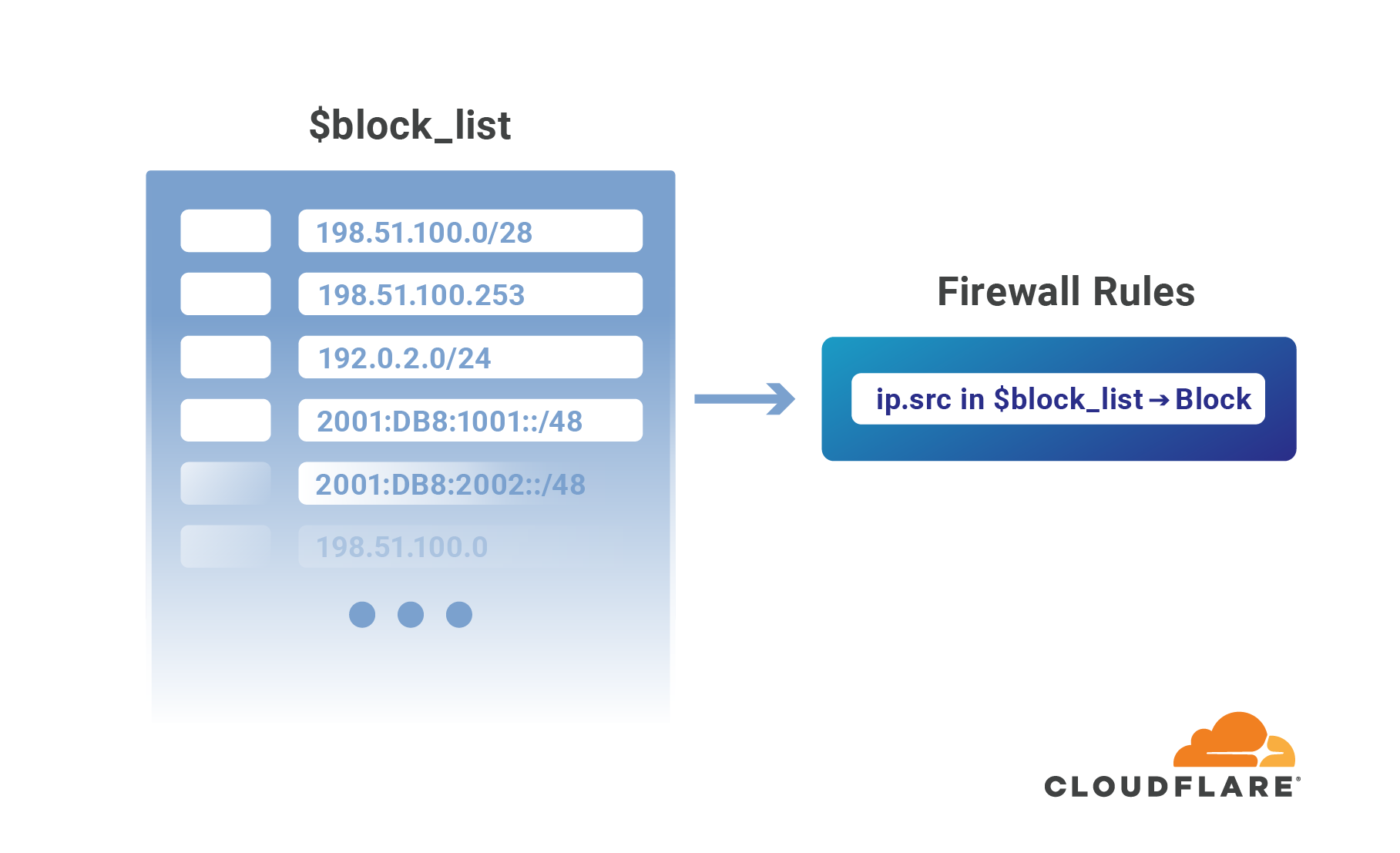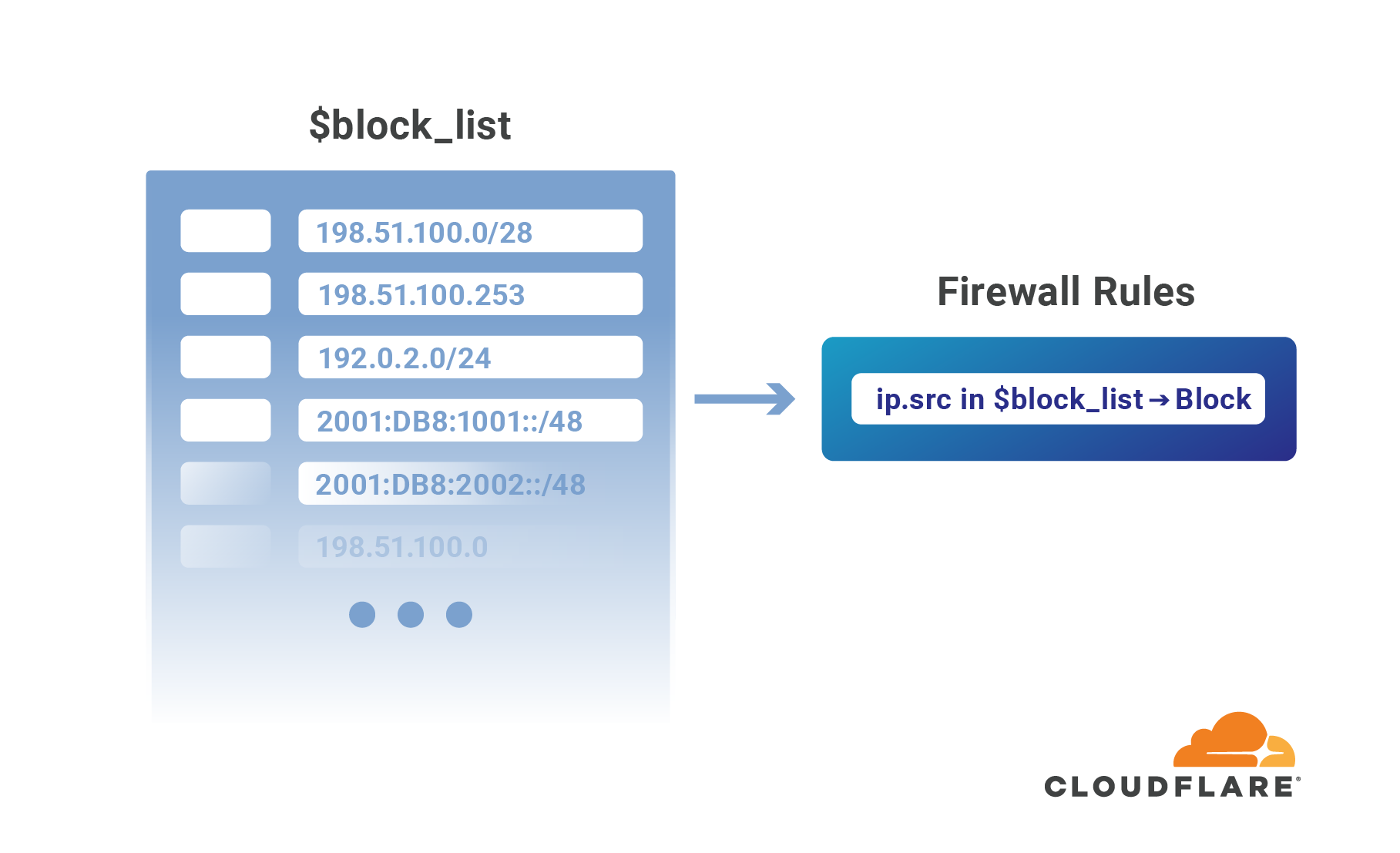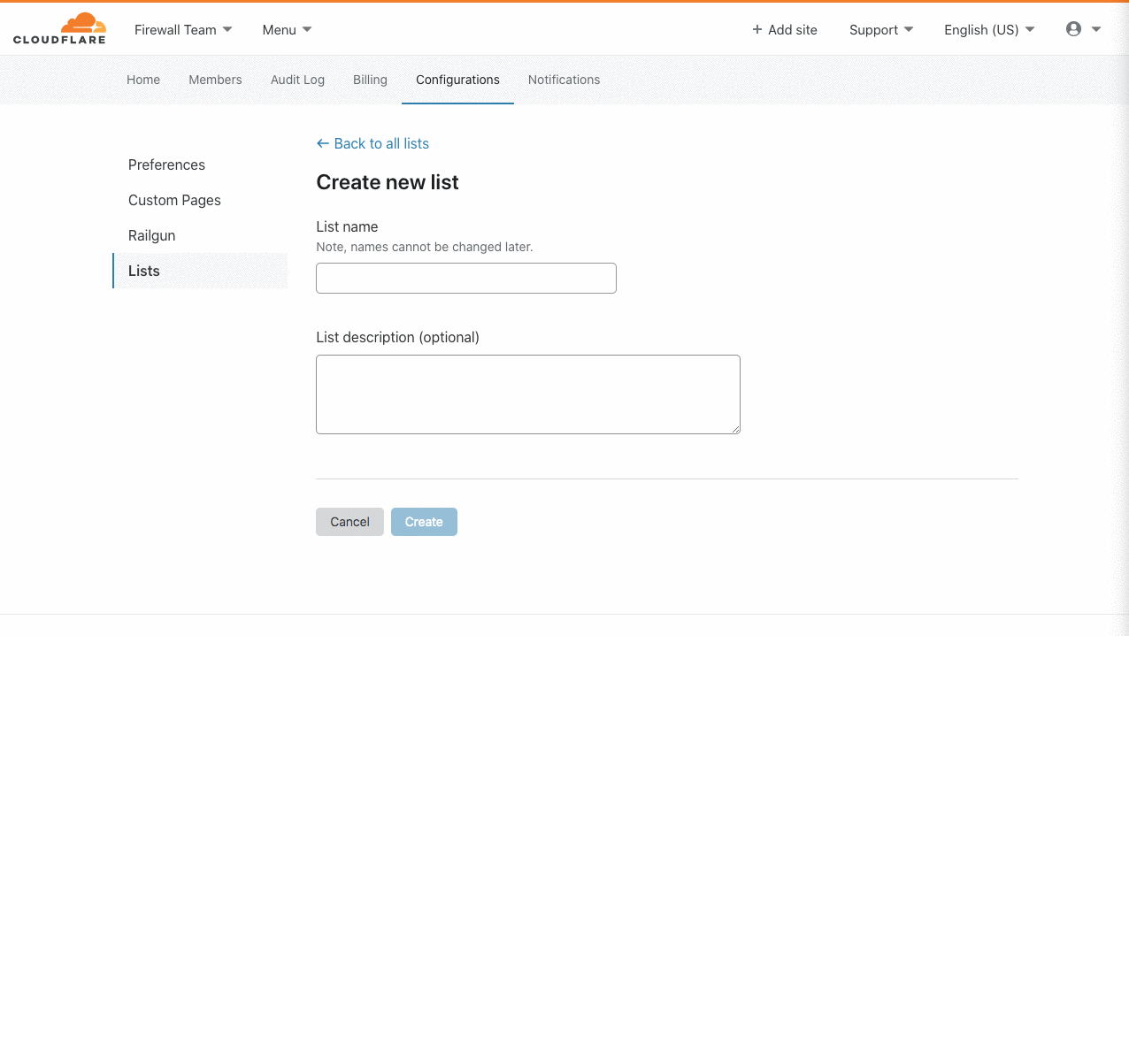The Hedge Podcast 45: When to Quit Certifications

Certifications are a perennial topic (like weeds, perhaps) in the world of network engineering. While we often ask whether you should get a certification or a degree, or whether you should get a certification at all, we don’t often ask—now that you have the certification, how long should you keep it? Do you keep recertifying “forever,” or is there a limit? Join us as Mike Bolitho, Eyvonne Sharp, Tom Ammon, and Russ White discuss when you should give up on that certification.
Meet the MANRS Ambassadors

We’ve appointed four MANRS ambassadors in the areas of training, research, and policy. We’re excited to welcome Anirban Datta, Flavio Luciani, Boris Mimeur, and Sanjeev Gupta to the program, and can’t wait to benefit from their input and expertise.
Ambassadors are representatives from current MANRS participant organizations who provide mentorship, guidance, and feedback to others in the routing security community. With their wealth of experience and knowledge – and their passion and commitment – they help make the global routing infrastructure more robust and secure.
The MANRS Ambassadors Selection Committee, consisting of six representatives from the MANRS Advisory Group, assessed the applications and appointed four exceptional individuals.
They’ll receive a monthly stipend of US$1,500 for up to six months and together they’ll train people on good routing practices, analyze routing incidents, research ways to secure routing, and survey the global policy landscape. Ambassadors will also provide mentorship to the MANRS Fellows in their respective categories to help the Fellows to fulfill their obligations.
Four Amazing Ambassadors

Anirban Datta, training ambassador
Anirban works for Fiber@Home Global Ltd in Dhaka, Bangladesh. His role is to establish international links and points of presence in different parts of the world. He’s also involved with Continue reading
Day Two Cloud 058: Using Curiosity And Mistakes To Advance Your Career
Today's Day Two Cloud gets into career advancement with guest Sam Erskine. Curiosity is key, and the mistakes you make can actually lead to new knowledge and opportunities. Sam is head of cloud engagement for a large consulting firm and has worked in a variety of IT roles. He's distilled his career experiences into a helpful five-step process, which we explore.Day Two Cloud 058: Using Curiosity And Mistakes To Advance Your Career
Today's Day Two Cloud gets into career advancement with guest Sam Erskine. Curiosity is key, and the mistakes you make can actually lead to new knowledge and opportunities. Sam is head of cloud engagement for a large consulting firm and has worked in a variety of IT roles. He's distilled his career experiences into a helpful five-step process, which we explore.
The post Day Two Cloud 058: Using Curiosity And Mistakes To Advance Your Career appeared first on Packet Pushers.
SD-WAN’s Musical Chairs, Tools, and the State of Support
A gaggle of networking geeks sits around the virtual roundtable and has a conversation on current events. Topics include the ever moving SD-WAN market landscape, our favorite (and least favorite) tools that have emerged since plunging into pandemic mode, and an honest discussion on whether or not support from our major vendors has been deteriorating or not.
 |
A considerable thank you to Unimus for sponsoring today’s episode. Unimus is a fast to deploy and easy to use Network Automation and Configuration Management solution. You can learn more about how you can start automating your network in under 15 minutes at unimus.net/nc. |
Outro Music:
Danger Storm Kevin MacLeod (incompetech.com)
Licensed under Creative Commons: By Attribution 3.0 License
http://creativecommons.org/licenses/by/3.0/
The post SD-WAN’s Musical Chairs, Tools, and the State of Support appeared first on Network Collective.
Introducing IP Lists

Authentication on the web has been steadily moving to the application layer using services such as Cloudflare Access to establish and enforce software-controlled, zero trust perimeters. However, there are still several important use cases for restricting access at the network-level by source IP address, autonomous system number (ASN), or country. For example, some businesses are prohibited from doing business with customers in certain countries, while others maintain a blocklist of problematic IPs that have previously attacked them.

Enforcing these network restrictions at centralized chokepoints using appliances—hardware or virtualized—adds unacceptable latency and complexity, but doing so performantly for individual IPs at the Cloudflare edge is easy. Today we’re making it just as easy to manage tens of thousands of IPs across all of your zones by grouping them in data structures known as IP Lists. Lists can be stored with metadata at the Cloudflare edge, replicated within seconds to our data centers in 200+ cities, and used as part of our powerful, expressive Firewall Rules engine to take action on incoming requests.

Previously, these sort of network-based security controls have been configured using IP Access or Zone Lockdown rules. Both tools have a number of Continue reading
Worth Reading: entr: Rerun Your Build when Files Change
Julia Evans recently described another awesome Linux tool: entr allows you to run a bash command every time a watched file changes (and it works on Linux and OSX).
I wish I found it years ago…
NVM Install and Usage Ubuntu 2004
Node version manager (NVM) allows you to run different version of Node on your system which is very helpful for testing and ensuring that the Node version you test on is the same as the Node version you run in production. This is just a quick post on how to install and use (NVM) on Ubuntu...Rust Traits: Defining Behavior
Before jumping into any programming language, you often hear about its “heavy hitters” - the features that usually make the highlight reel when someone “in the know” is trying to summarize the strong points of the language. In 2015, as I was learning Go, I would often hear things like concurrency support, channels, concurrency support, and Interfaces. Also concurrency support. With Rust, thus far the highlights have included things like strong support for generics, lower-level control, and an emphasis on memory safety manifested in the unavoidable ownership model.CEX (Code EXpress) 12. Using Python modules.
Hello my friend,
In the previous blogpost we have shared how some thoughts how you can parse the CSV file and how in general to work with external files. But the beauty of the programming languages including Python, is that there are always more than one way of doing things. And with learning it more, you are opening new ways.
Automate all the things
Raise of the 5G in the Service Provider world, micro services in Data Centres and mobility in Enterprise networks significantly changes the expectations about the way the network operate and the pace the changes are implemented. It is impossible to meet those expectation without automation.

At our network automation training, either self-paced or instructor lead, you will learn the leading technologies, protocols, and tools used to manage the networks in the busiest networks worldwide, such as Google data centres. However, once you master all the skills, you will be able to automate the network of any scale. You will see the opportunities and you will exploit them.
Secret words: NETCONF, REST API, gRPC, JSON , XML, Protocol buffers, SSH, OpenConfig, Python, Ansible, Linux, Docker; and many other wonderful tools and techniques are waiting for you Continue reading
Full Stack Journey 044: Skills Development From Engineering To Leadership
Patrick Kelso returns to the Full Stack Journey podcast to revisit topics including skills development, being an individual contributor versus a manager/leader, and how life has changed him and his perspectives over the last three years.Full Stack Journey 044: Skills Development From Engineering To Leadership
Patrick Kelso returns to the Full Stack Journey podcast to revisit topics including skills development, being an individual contributor versus a manager/leader, and how life has changed him and his perspectives over the last three years.
The post Full Stack Journey 044: Skills Development From Engineering To Leadership appeared first on Packet Pushers.
History of Networking: Scott Bradner and the Early Internet at Harvard
Scott Bradner was given his first email address in the 1970’s, and his workstation was the gateway for all Internet connectivity at Harvard for some time. Join Donald Sharp and Russ White as Scott recounts the early days of networking at Harvard, including the installation of the first Cisco router, the origins of comparative performance testing and Interop, and the origins of the SHOULD, MUST, and MAY as they are used in IETF standards today.
Worth Reading: Written communication is remote work super power
Snir David wrote a great article explaining why you should focus on documenting stuff you do instead of solving other people’s challenges (or putting out fires) on Slack/Zoom/whatever. Enjoy ;)
U.S. Tribes Have until August 3rd to Apply to Help Bring Internet to Their Communities

See how the Makah Tribe launched an emergency network on EBS spectrum during COVID-19
The Makah Tribe has lived around Neah Bay at the northwest tip of what is now Washington State since time immemorial. It is a breathtaking landscape of dense rainforest and steep hills, far removed from any major urban center.
But for all its beauty, the hills, forests, and remoteness have made it difficult for the community to access quality high-speed Internet – and even cell and radio service.
In some areas, cell service was so poor that only certain spots worked: one community member had to go outside and stand beside a rhododendron bush to make a call or send a text. While Facebook is the main way people stay connected, many couldn’t access it. The local clinic struggled to use electronic records – it sometimes took upwards of 40 minutes just to get into the system. Even emergency responders, such as police and the fire department, couldn’t rely on the dispatch system that required Internet connectivity to operate.
And then the coronavirus began to sweep the world. The Makah closed the reservation to outsiders to protect the community. And its connectivity challenges became even more problematic. Continue reading
Virtual Open Office Hours – July 28 and 30

Come along, discuss and share.
The post Virtual Open Office Hours – July 28 and 30 appeared first on EtherealMind.
Jinja2 Tutorial – Part 4 – Template filters
This is part 4 of Jinja2 tutorial where we continue looking at the language features, specifically we'll be discussing template filters. We'll see what filters are and how we can use them in our templates. I'll also show you how you can write your own custom filters.
Jinja2 Tutorial series
- Jinja2 Tutorial - Part 1 - Introduction and variable substitution
- Jinja2 Tutorial - Part 2 - Loops and conditionals
- Jinja2 Tutorial - Part 3 - Whitespace control
- Jinja2 Tutorial - Part 4 - Template filters
- Jinja2 Tutorial - Part 5 - Macros
- Jinja2 Tutorial - Part 6 - Include and Import
- J2Live - Online Jinja2 Parser
Contents
- Overview of Jinja2 filters
- Multiple arguments
- Chaining filters
- Additional filters and custom filters
- Why use filters?
- When not to use filters?
- Writing your own filters
- Fixing "too clever" solution with Ansible custom filter
- Custom filters in Ansible
- Jinja2 Filters - Usage examples
- Conclusion
- References
- GitHub repository with resources for this post
Overview of Jinja2 filters
Let's jump straight in. Jinja2 filter is something we use to transform data held in variables. We apply filters by placing pipe symbol | Continue reading
Dictionary: Meat Crayon

Define 'Meat Crayon' - its PRINCE2 related.
The post Dictionary: Meat Crayon appeared first on EtherealMind.